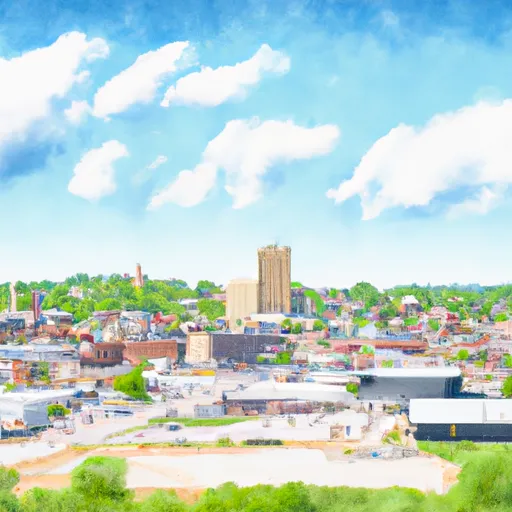°F
°F
mph
Windspeed
%
Humidity











Whitewater, Missouri is a small town located in Southeast Missouri. The region experiences a humid subtropical climate, characterized by hot summers and mild winters. Summers are typically warm, with average temperatures ranging from the high 70s to low 90s Fahrenheit, while winters are relatively mild, with temperatures averaging in the 30s and 40s.
Hydrologically, Whitewater is situated near the Whitewater River, which flows through the town. The river is known for its clear water and is often used for recreational activities such as fishing, canoeing, and kayaking. It is also home to various aquatic species, providing opportunities for nature enthusiasts and birdwatchers.
Outdoor recreation opportunities in Whitewater are abundant. The region offers several hiking and biking trails, providing a chance to explore the beautiful natural scenery and wildlife. Additionally, there are camping grounds and picnic areas available for those looking for a more relaxed outdoor experience. The nearby Castor River Conservation Area provides further opportunities for hunting, fishing, and wildlife observation.
Overall, Whitewater, Missouri offers a pleasant climate, diverse hydrology, and ample outdoor recreational opportunities for visitors and residents alike.
Weather Forecast
Whitewater receives approximately 1214mm of rain per year, with humidity levels near 85% and air temperatures averaging around 14°C. Whitewater has a plant hardyness factor of 6, meaning plants and agriculture in this region thrive during a short period during spring and early summer. Most plants will die off during the colder winter months.
Regional Streamflow Levels
9,870
Cubic Feet Per Second
1,800
Cubic Feet Per Second
66
Cubic Feet Per Second
154
Cubic Feet Per Second
Nearby Camping
| Camping Area | Reservations | Toilets | Showers |
|---|---|---|---|
| Lake Mike Conner | |||
| New Orleans Reserve Military | |||
| Walkiah Bluff Water Park | |||
| St. Bernard State Park | |||
| Okatoma Water Park | |||
| Dry Creek Water Park |



